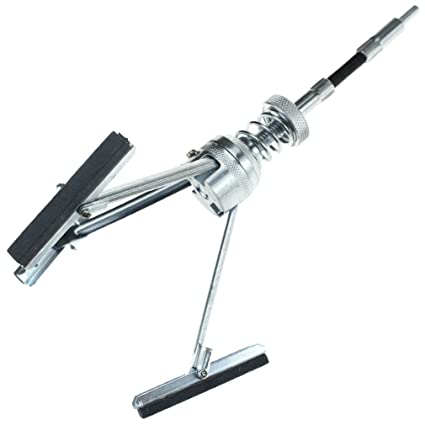Axotopia
ArboristSite Member
Just curious ... is this MS461 cylinder toast or is it salvageable?
Got this from someone who is tossing it away, figure I could use it to practice grinding. But if it is salvageable, I might as well turn it into a porting project just for kicks.
The portion above the exhaust port and combustion chamber looks undamaged, and most of the long gouges are at the bottom of the transfer and intake.
I assume most of the combustion would have vented thru the exhaust by the time the piston rings reaches the top of the transfer ports; the two nicks may compromise things a little, but maybe not too detrimental to operations I hope.
As for the deep gouges on the bottom of the transfer ports and the intake, i don't know how that affects the mechanics of the operations, so maybe somebody can educate me on that.
Any feedback would be greatly appreciated. Thanks!
Intake - gouge on the bottom

Exhaust - no damage

Transfer - Gouge on bottom with nicks on top

Transfer - gouge on bottom of one port

Got this from someone who is tossing it away, figure I could use it to practice grinding. But if it is salvageable, I might as well turn it into a porting project just for kicks.
The portion above the exhaust port and combustion chamber looks undamaged, and most of the long gouges are at the bottom of the transfer and intake.
I assume most of the combustion would have vented thru the exhaust by the time the piston rings reaches the top of the transfer ports; the two nicks may compromise things a little, but maybe not too detrimental to operations I hope.
As for the deep gouges on the bottom of the transfer ports and the intake, i don't know how that affects the mechanics of the operations, so maybe somebody can educate me on that.
Any feedback would be greatly appreciated. Thanks!
Intake - gouge on the bottom

Exhaust - no damage

Transfer - Gouge on bottom with nicks on top

Transfer - gouge on bottom of one port






